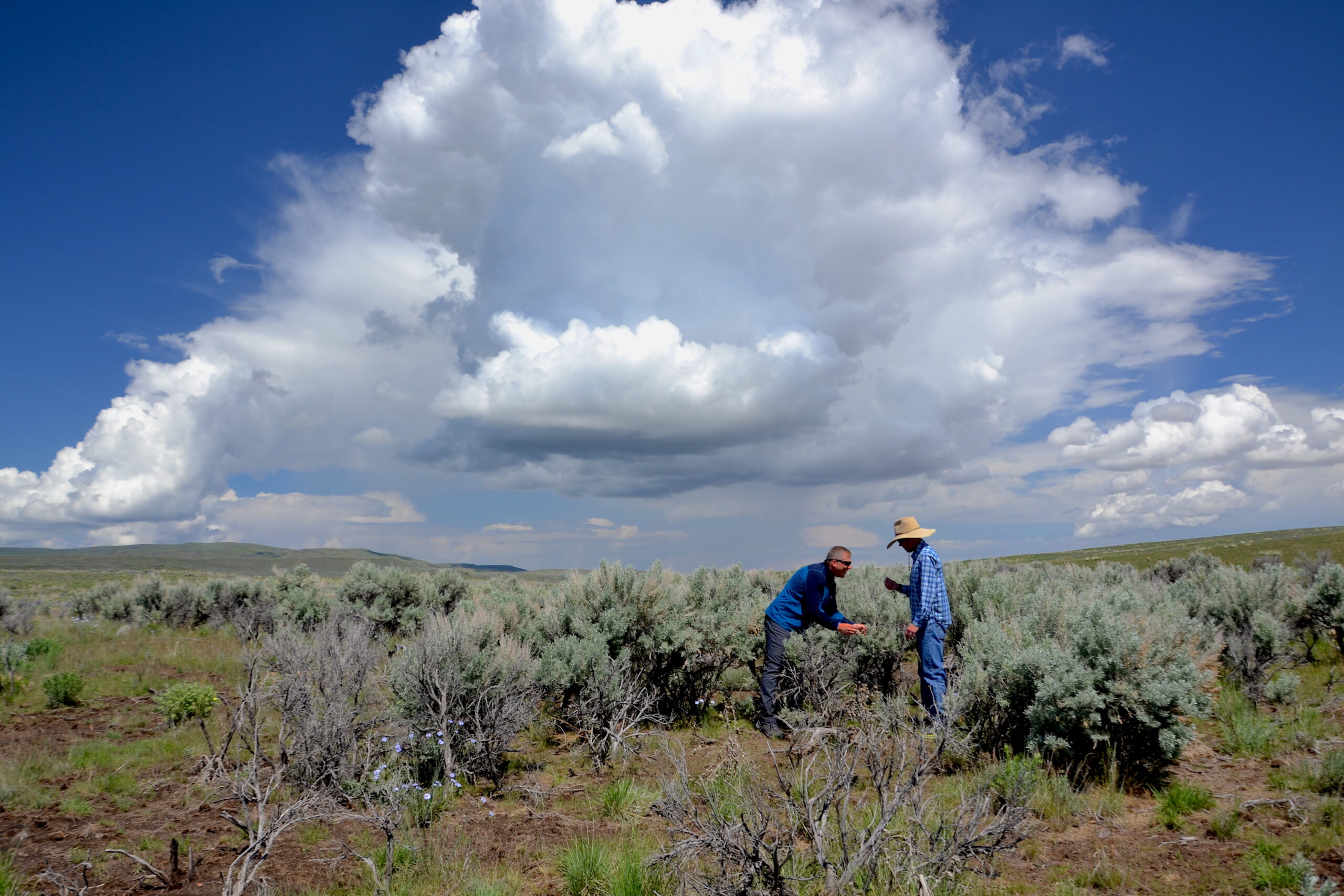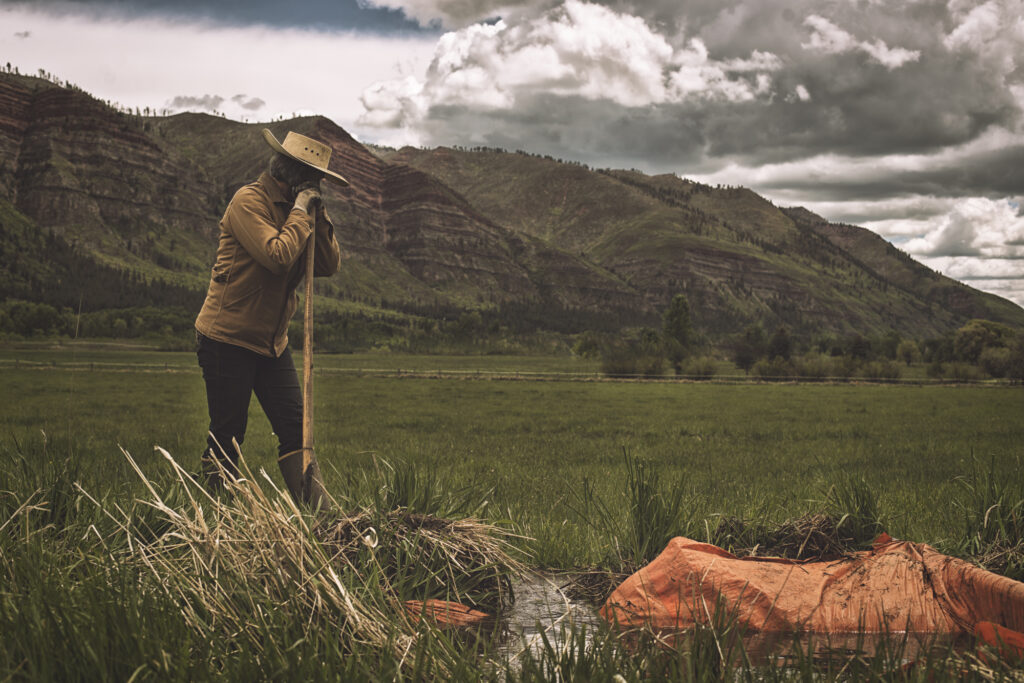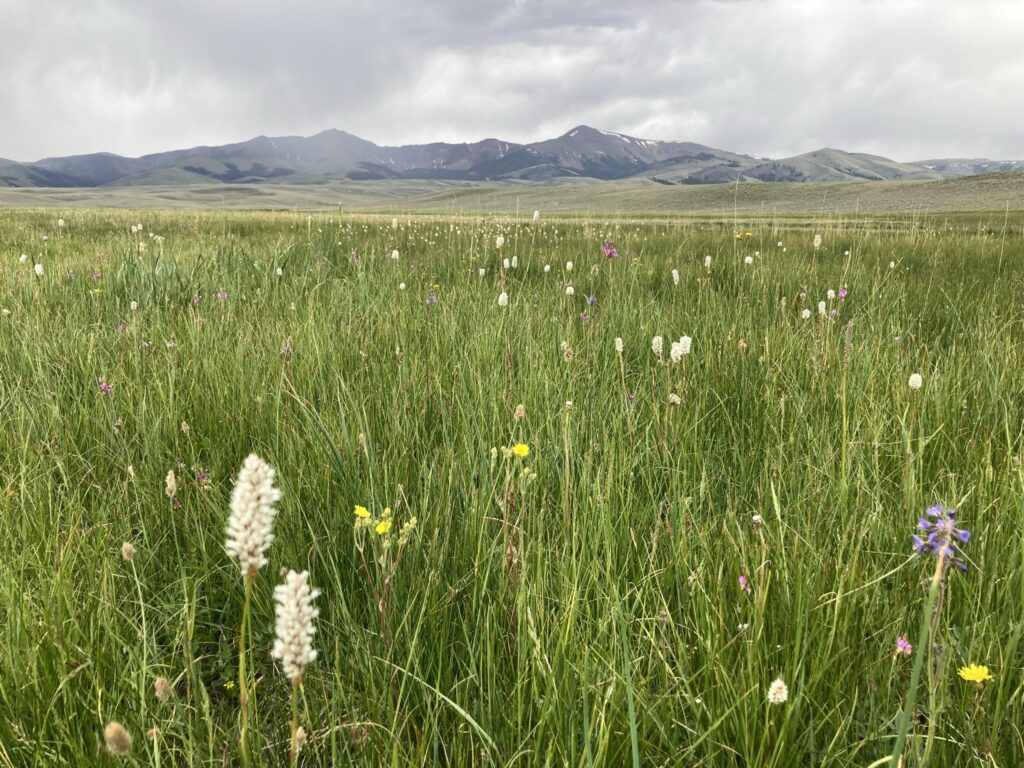Patrick Donnelly’s Greatest Hits at the IWJV
Hired in 2011, Patrick Donnelly was one of the first few employees that Coordinator Dave Smith hired at the Intermountain West Joint Venture. At the time, spatial analysis of landscape change was still an emerging technology due to new access to satellite imagery. Thinking back across the past 14 years, Smith reflects on how much has changed and how much of the organization’s conservation direction has been shaped by the research and data Patrick brought to the forefront.
“As IWJV’s spatial ecologist, Patrick’s research has been groundbreaking for how we think about wetland habitat conservation in the Intermountain West,” Smith said. “When he joined the team, our view was that most of the habitat was on public-managed wetlands and that they were stable based on National Wetland Inventory data. Wetlands weren’t being drained and converted, so everything was fine, right?”
Recognizing the unique and dynamic role water plays in the western landscape, Patrick took a closer look through a detailed analysis of surface water over space and time. The findings have been game-changing: Flood-irrigated agricultural hay meadows are extremely important to waterfowl and waterbirds in the spring and early summer, managed wetlands are key in the late summer and fall. Overall, wetlands are drying, especially on protected public lands.
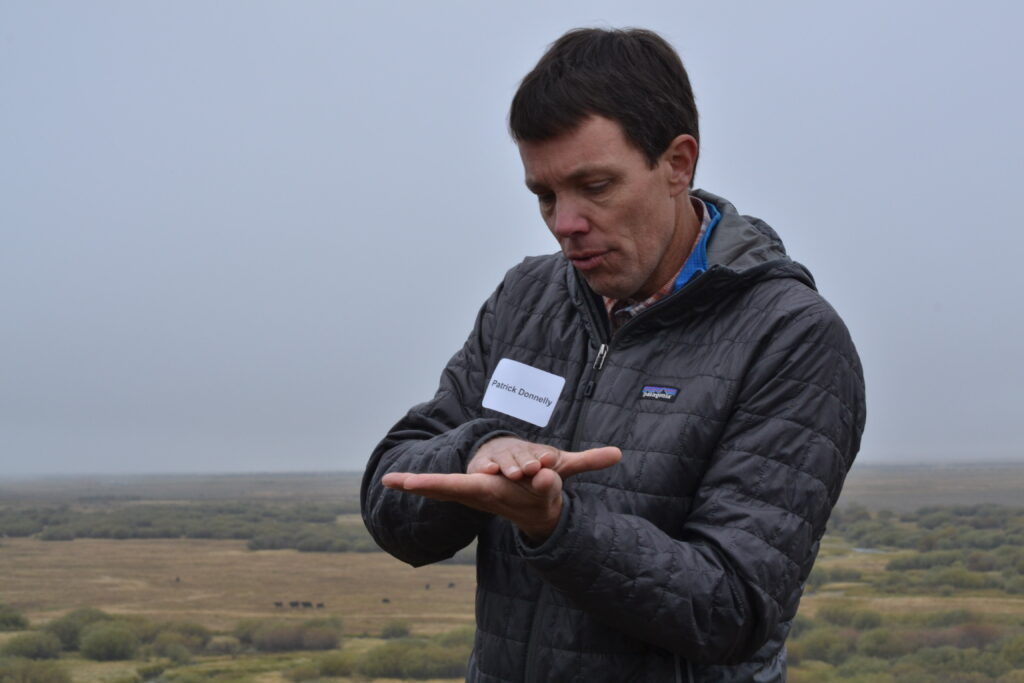
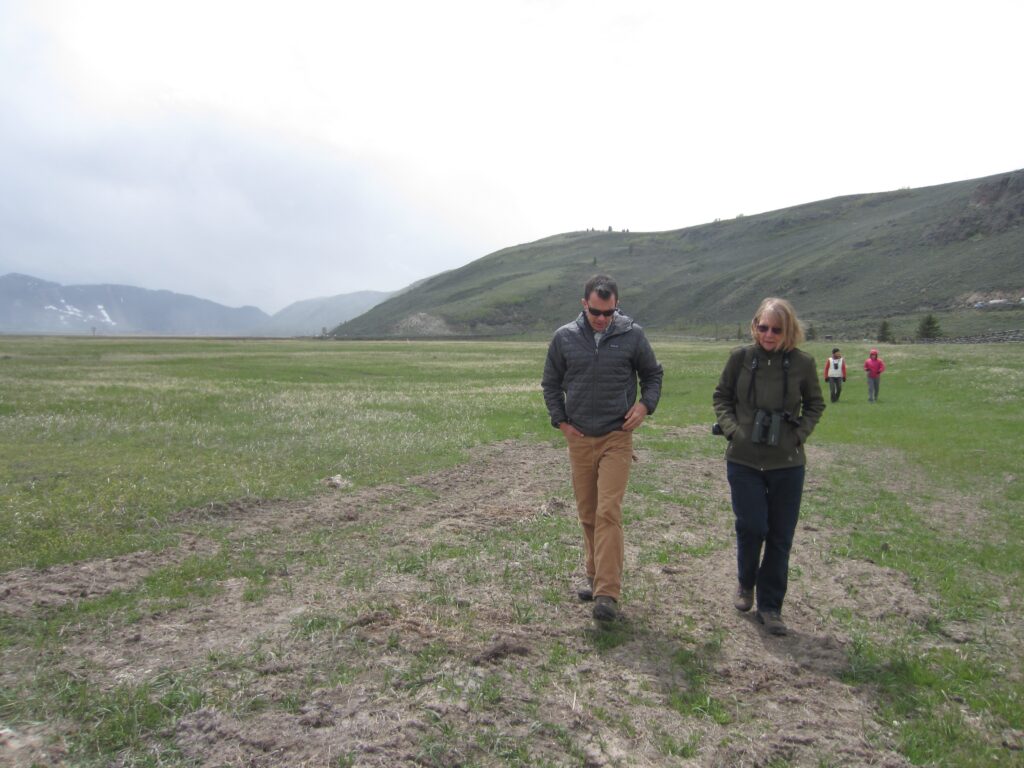
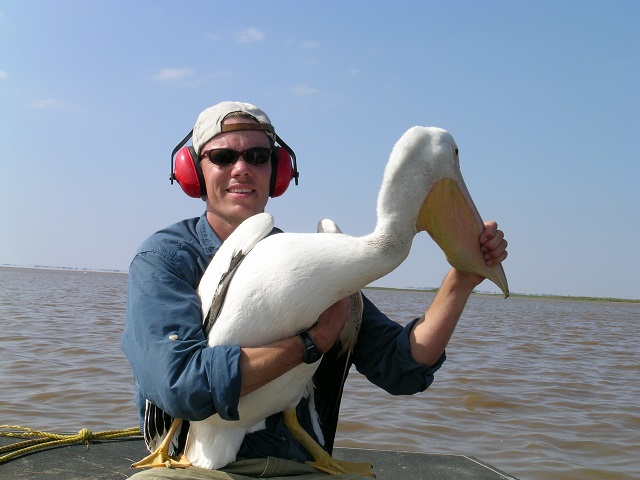
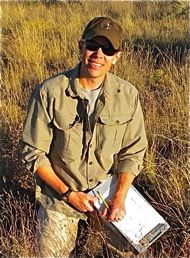
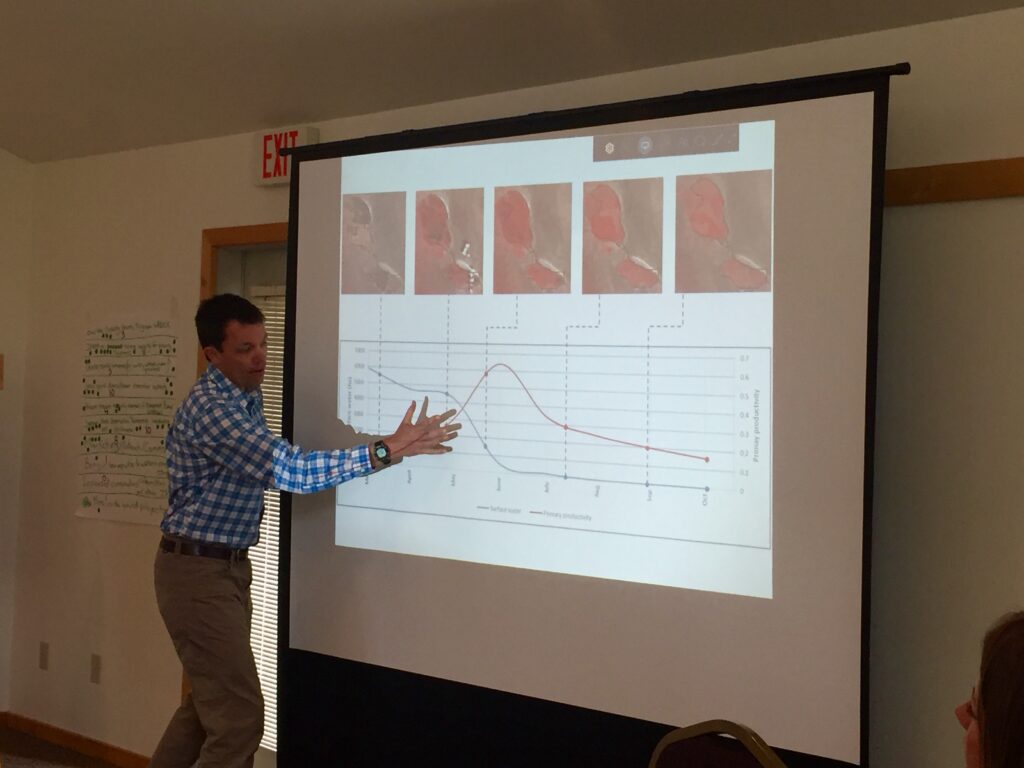

“Today, we have an incredibly sophisticated view of wetland habitats in space and time over the past 40 years,” Smith said. “The research spurred a whole new way of thinking about wetland habitat conservation that wasn’t in the textbooks.”
Patrick officially retired from the U.S. Fish and Wildlife Service and his position at the IWJV in May of 2025. We are thankful for his tenure with us; he always brought incredible skills, creativity, and perseverance to get things done to our work. The IWJV team sends Patrick off to his next endeavors with many thanks and well wishes.
The following are just a sampling of some of Patrick’s “greatest hits,” or major scientific accomplishments, during his tenure with the IWJV.
Wetland Evaluation Tool and Science
The Wetland Evaluation Tool (WET) depicts surface water extent in space and time across the 11 western states. This data and tool has been essential for identifying flyway-scale bottlenecks for migratory waterbirds, prioritizing the IWJV’s investments in wetland conservation, and telling the story of water in the West. In the near-term, WET will continue to be hosted by the IWJV and maintained by Patrick in his new role with Ducks Unlimited.
“The Wetland Evaluation Tool and the underlying science advanced our collective knowledge of wetland trends and distribution in the Intermountain West by leaps and bounds. As one of the primary ways that the IWJV demonstrates value to our partners in wetland conservation and management, the WET supports the IWJV’s science-to-implementation, communications, and conservation implementation work. The legacy of this groundbreaking work will extend far beyond Patrick’s tenure with the IWJV.”
– Andrew Olsen, IWJV Conservation Coordinator
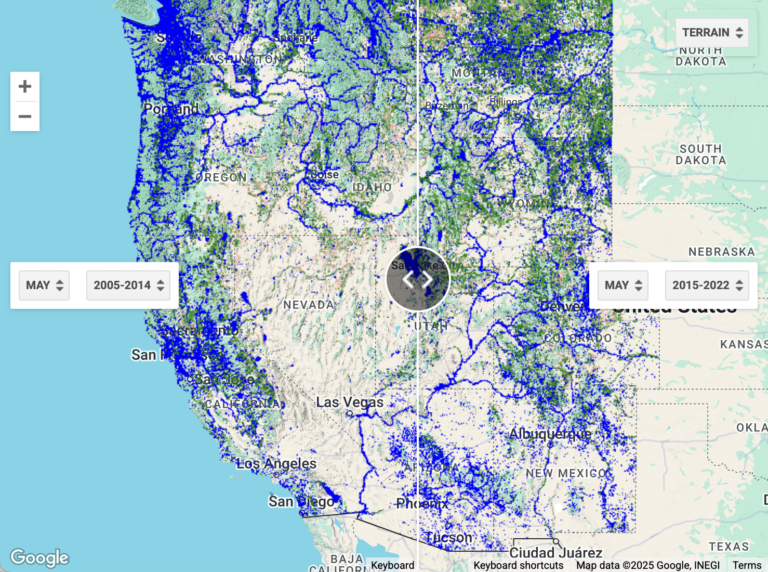
Working Wetlands Explorer and Flood-Irrigated Grass Hay Science
The Working Wetlands Explorer is the first-ever comprehensive map of flood-irrigated grass hay wetlands in the Intermountain West. These agricultural meadows provide critical habitat for migratory waterfowl and breeding habitat for emblematic species such as sandhill cranes. This tool helps the IWJV prioritize conservation investments in the private lands that sustain wildlife habitat with flood irrigation practices.
“This research underscores the important role agricultural producers play in water management and wetlands conservation across the Intermountain West. This work has been essential for identifying places where conservation activities can have multiple benefits, from migratory bird habitat to food security to watershed health and fisheries habitat.”
– Erica Hansen, IWJV Water 4 Coordinator

Sandhill Crane Tool and Science
The Sandhill Crane application is the culmination of years of science on sandhill crane movement and habitat use in the Intermountain West. It provides an accessible way to view the results of this research, including summer habitat, stopover sites, and telemetry data from marked birds. Users can overlay sandhill crane data with supporting information such as land ownership, agricultural practices, and wetland dynamics. Collectively, this platform provides flyway-scale context for wetland and agricultural habitat conservation for one of the most charismatic wetland-dependent species in the West.
“The sandhill crane research and user-facing app Patrick forged and collaborated on has brought our knowledge and understanding of sandhill cranes in the Intermountain West to an unprecedented level, enabling more informed management decisions, broader public engagement, and a clearer picture of seasonal movements and habitat use of this iconic species.”
– Dan Collins, Migratory Game Bird Coordinator, U.S. Fish and Wildlife Service
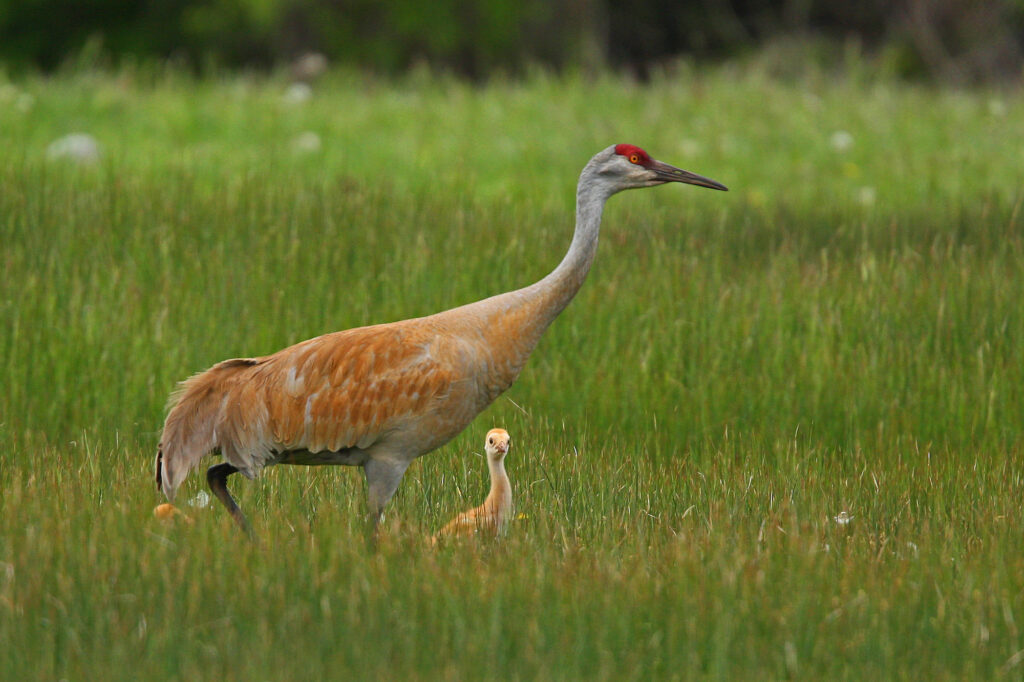
Mesic Resources Tool and Science
Developed in partnership with Working Lands for Wildlife, the Mesic Resources Tool is a West-wide map of the green emeralds of moist-soil, mesic habitat in meadows, riparian areas, and mountaintops that supports summer habitat for sage-grouse and many other species in the otherwise dry western states. The tool also highlights the most resilient areas, as indicated by the probability of being green in a given year. The Mesic Resources Tool has been essential for targeting conservation investments for sagebrush-obligate wildlife on public and private lands.
“Maintaining and enhancing the wet meadows and other mesic resources of the sagebrush biome is a core work area for the IWJV and its partners. The Mesic Resources Tool has long served as a foundational tool for mapping and prioritizing investments in the vital green ribbons of the sagebrush sea.”
– Mandi Hirsch, IWJV Sagebrush Conservation Coordinator

Sagebrush Songbird Science
Patrick’s research on sagebrush songbirds was one of the early efforts to quantify the co-benefits of sage-grouse conservation for other species. This work highlighted the value of spatially targeted conservation actions for a suite of bird species and laid the groundwork for future studies on the utility of sage-grouse as an umbrella species for other sagebrush wildlife.
“Patrick has always approached conservation from a broad and integrative perspective, linking it directly to management practices. This paper was groundbreaking, not only by extending the sage grouse framework to include songbirds but also by establishing clear connections to conservation outcomes. This pivotal work has been instrumental in advancing conifer management across the sagebrush ecosystem and enhancing targeted conservation strategies.”
– Jason Tack, HAPET Wildlife Biologist, U.S. Fish and Wildlife Service

